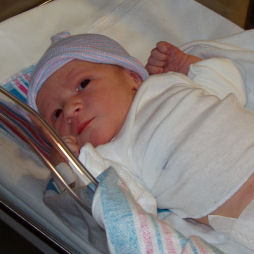Is it just me, or do the Japanese planes seem to be a cut below the rest- and I'm not talking about the Zero...
A.
"plinked" comes from the sound "plink" made when you shoot at tin (or aluminium cans) with smal caliber (bb, pellet, etc) guns.
You bring an interesting point on the Japanese planes. The design philosophy behind the Japanese fighters was maneouverability and range. The main Japanese Army fighters, the Ki.27 and Ki.43, were armed with just two machine guns, typically 2x 7.7mm or 1x7.7mm and 1x12.7mm. Cannon armament, in response to the heavier armored US bombers, was introduced with the Ki.44, Ki.84 later in the war. By the end of the war, the Army had the Ki.61 (Hien) and Ki.100 and others, but it was too little too late.
A similar philosophy in the Imperial japanese Navy produced the A6M Zero series. It's main strengths were range and maneouverability - and pilots that could make that plane dance. As the war progressed, and more armor, guns, etc. was added to the basic design, performance suffered. Again, teh IJN came out with some excellent planes (Mitsubishi Raiden, for example) but too little, too late. Towards the middle/end of the war, the design philosophy was becoming " Americanized" - tough, heavy guns, with speed and armor, but the production logistics were too much in shambles to support the needed level of activity.
I wouldn't say the Japanese planes were "a cut below" but rather, they were made to a different drum beat.









 )
)